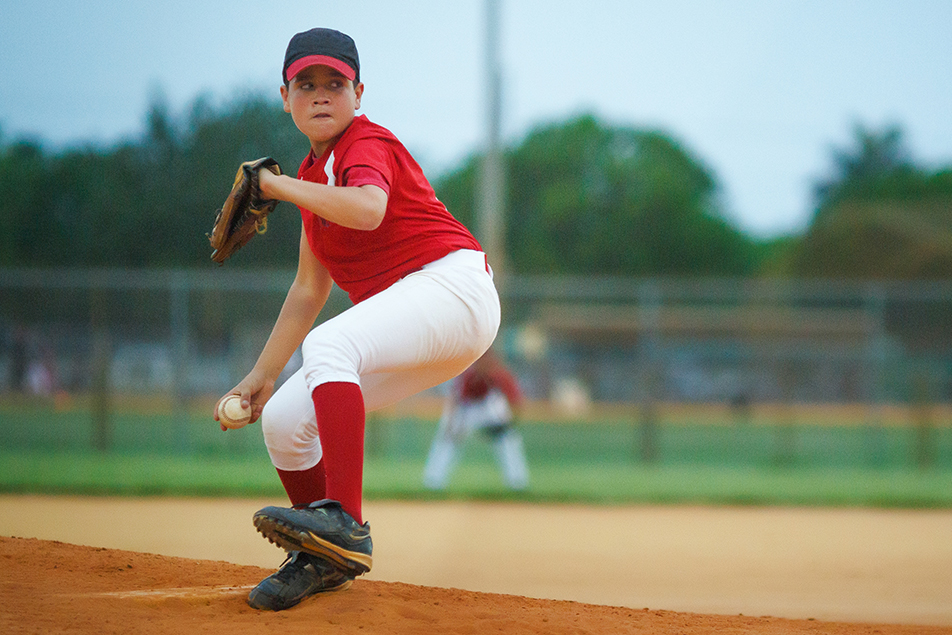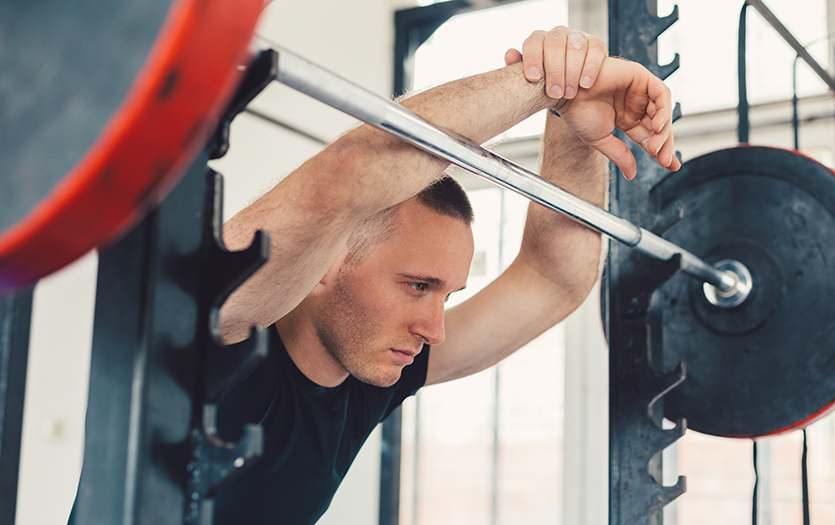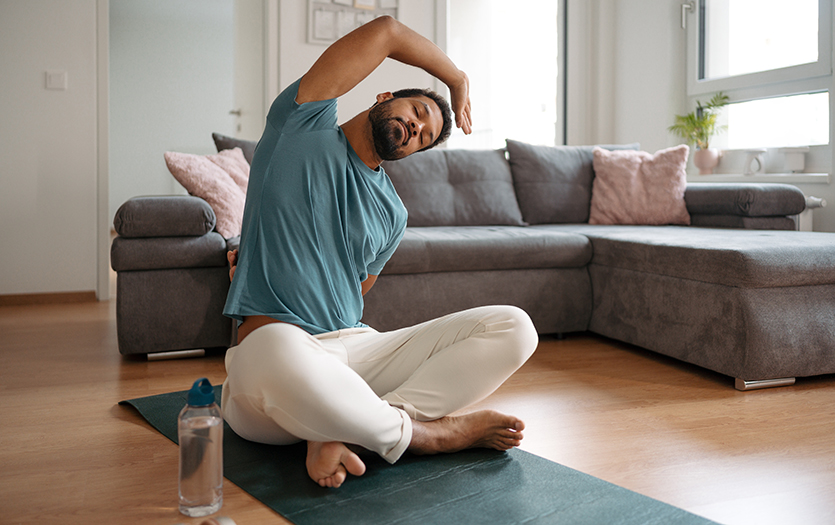
This post was written by Austin Weingart, human performance specialist, Parkview Sports Medicine.
Breathing is a basic function of the human body. On average, we take about 20,000 breaths per day. Depending on the technique or pattern you use, breathing can have different effects on your body. Some techniques are used to calm the body and bring your heart rate (HR) and blood pressure (BP) down, while others increase your HR and BP for an activity or single movement. Both can be useful in the right scenarios and/or activities.
Technique No. 1 – Breathing for calm and control
Most people are familiar with the basic breathing technique used in yoga. To practice this technique:
1.Take one deep breath in through your nose
2.Observe a short pause
3.Release a longer exhale out through your mouth
Doing this while relaxing your muscles will bring your HR and BP down and help you relax. This can be used during stretching to help get deeper into the stretch. To test this, try reaching for your toes. While you are reaching, take a deep breath in through your nose and exhale slowly through your mouth. When you are exhaling try and reach and relax to a deeper point than where you were reaching before.
You can see professional athletes using this technique quite often. Just watch a basketball player at the free throw line or a pitcher on the mound. Their breathing is normally slow and controlled. Why? It helps them refocus and brings their HR down, so they are not so amped up or excited. If you have ever competed in a race or game, perhaps you remember the feeling of excitement or nervousness that made your HR increase when you needed to perform. Taking a few deep breaths can help you regain your focus and help suppress those nerves.
Technique No. 2 – Breathing for power
A different breathing technique is used to increase the body’s HR and BP when playing sports or when lifting. This approach involves taking a few (three or four) quick, powerful breaths, which heightens the body’s senses by increasing HR and BP.
A great example of this technique is the famous “tennis grunt.” ESPN Sports Science broke down the gesture. The grunt itself is a forceful exhale that tightens the core, making the upper body become more stable and transfer energy more efficiently. The result of “the grunt” can increase the velocity of their shots by 4%.
This same technique is used in other swinging sports, like softball, baseball and golf. With baseball, in order to hit a 90 mph fastball, the player must be ready. If the player is too relaxed, they may never catch up to the ball. Taking a few short, quick, fast powerful breaths to excite or prime the body is what’s needed. Breathing for power heightens the body’s senses by increasing HR and BP so the athlete can swing harder, quickly focus, and hit a 90+ mph baseball from 60 feet.
Both techniques have a time and place. If athletes can control their breathing, they can help control their body and situations they are in. Most people focus on what happens outside the body, or what we can see. Sometimes we need to focus on what’s happening inside the body to harness adrenaline, heart rate and focus.



